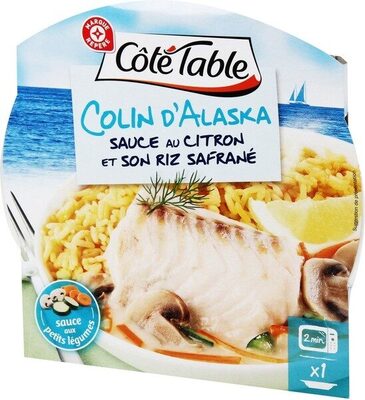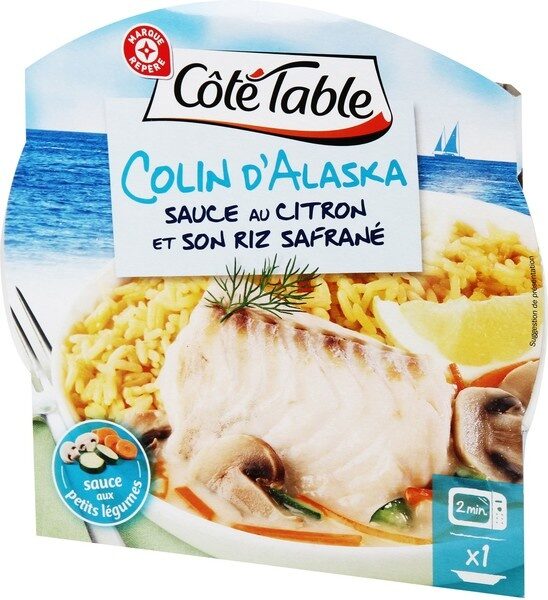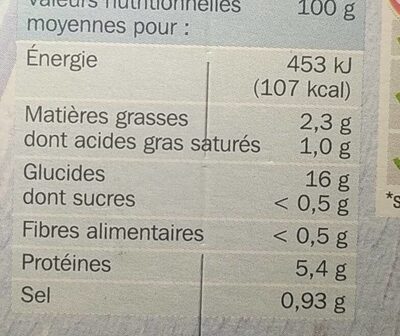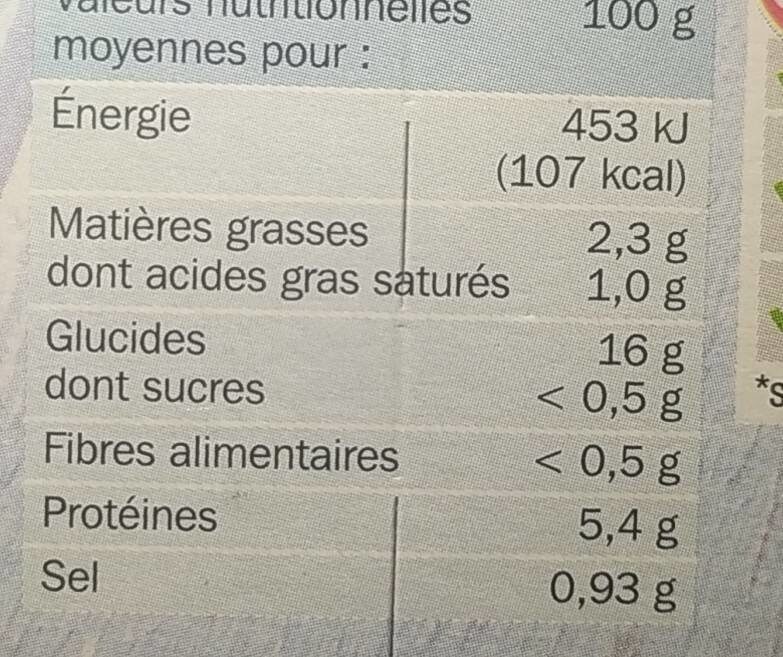Colin d Alaska sauce citron et son riz safran - Côté Table - 300 g
This product page is not complete. You can help to complete it by editing it and adding more data from the photos we have, or by taking more photos using the app for Android or iPhone/iPad. Thank you!
×
Some of the data for this product has been provided directly by the manufacturer Scamark.
Barcode: 3564700505205 (EAN / EAN-13)
Quantity: 300 g
Packaging: Tray
Brands: Côté Table, Marque Repère
Categories: Meals, Meals with fish
Traceability code: FR 47.252.001 CE - Sainte-Livrade-sur-Lot (Lot-et-Garonne, France)
Stores: Leclerc
Countries where sold: France
Matching with your preferences
Environment
Packaging
Transportation
Other information
Preparation: Décollez partiellement l'opercule en tirant sur la languette et réchauffez 2 minutes au four à micro-ondes à puissance maximale (800 W). Retirez l'opercule plastique avec précaution. Ne mettez pas cette barquette au four traditionnel. À l'ouverture, bien remuer la sauce et servir.
Report a problem
Data sources
Product added on by openfoodfacts-contributors
Last edit of product page on by jim.
Product page also edited by benbenben, chkoupinator, christian52, fpdsurveys, kiliweb, org-scamark, packbot, roboto-app, scamark, segundo, teolemon, yuka.U0tFUENaUmN2ZU5Wdi9Jajh3emYwUGQrNjRXcVJUT0hjTnBMSUE9PQ, yuka.sY2b0xO6T85zoF3NwEKvlkNXTeXdvy34FDbviU-Z_dDRBK6xbuBIx4TbMqg, yuka.sY2b0xO6T85zoF3NwEKvlkpba-vljz7BKiH4mlO04u3QD6S2QtBS_JrwLqg, yuka.sY2b0xO6T85zoF3NwEKvllBpWcLEvh76KjjtsB2P2PWCA6fhQd504a_KHqs, yuka.sY2b0xO6T85zoF3NwEKvllZ5evfAujXmbT_ipWS759quIoXlcdZsurSqa6o.










